Yes, it is possible to kneel down and stand back up with knee arthritis! If you prepare your joints in the right way and get them used to kneeling on the floor, it can actually start to become easier while decreasing the associated pain. As a physical therapist, I have helped hundreds of people get started on the path to getting up and down from the floor. Now it’s your turn!
This article contains affiliate links that provide us with a small compensation if purchases are made through the links at no extra cost to you.
Kneeling is possible
One woman I worked with avoided getting on the floor for years because she believed she wouldn’t be able to get up and she anticipated pain.
It was always such a pain when she dropped something and had a difficult time picking it up. She also wasn’t able to get on the floor with her grandchildren either.
She was scared to kneel down because she was afraid her arthritic knees would become very painful and swollen. So she avoided it all together.
After working on her strength using movements her knees actually liked and becoming confident in her knees again- we tried kneeling. She was shocked at how easy it felt and when she stood up, she said, “wow that actually didn’t hurt!”
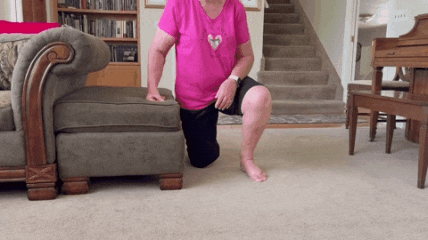
What I want you to know is that it is POSSIBLE.
Before she was able to do this, she had a hard time with stairs and was limping when she was walking.
She did the work and was consistent which opened doors to being able to kneel down with ease and without fear.
Research even shows that after a total knee replacement, “There is no biomechanical or clinical evidence contraindicating kneeling after TKA [total knee arthroplasty]”.
Here is a recent win from Judy, one of our Adventurers for Life members:
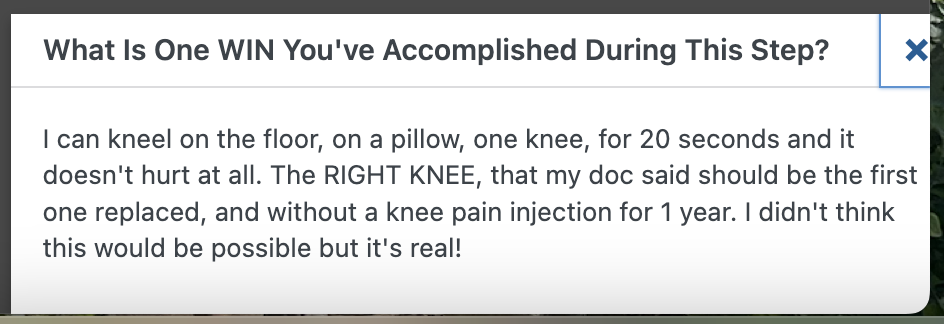
And another kneeling win from Mary, another Adventurers for Life member!

And another win from an Adventurers for Life member showing you it’s possible to kneel down even with knee arthritis.
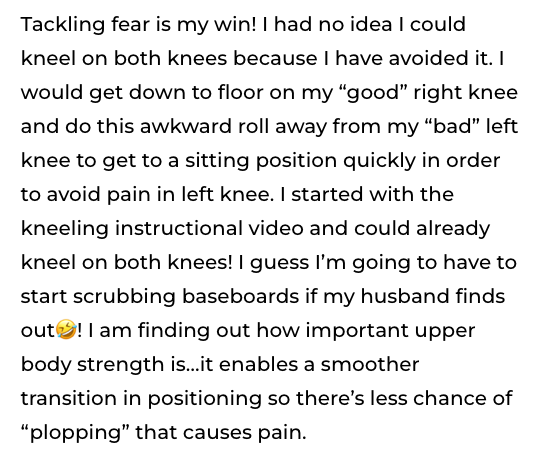
It can actually be possible to kneel down after a knee replacement, although most are told it isn’t possible. We will discuss this later in the article.
Wait...can I kneel down if I'm bone on bone?
I know you were thinking it…😏
It is very possible to learn how to kneel if you have been told you are bone on bone.
Another woman I have been working with was originally told she was bone on bone in her right knee and surgery would be inevitable. She began her journey here because she knew there had to be another way.
She started off with limited knee range of motion and pain putting her weight on her right side with her knee bent.
Over the course of about 8 months, she has improved her knee tolerance, strength, and confidence to kneel down and get up from the floor even without support! Check out her progress below.
I want you to know it isn’t always a quick process but once you’re on the right track it can definitely be worth it.
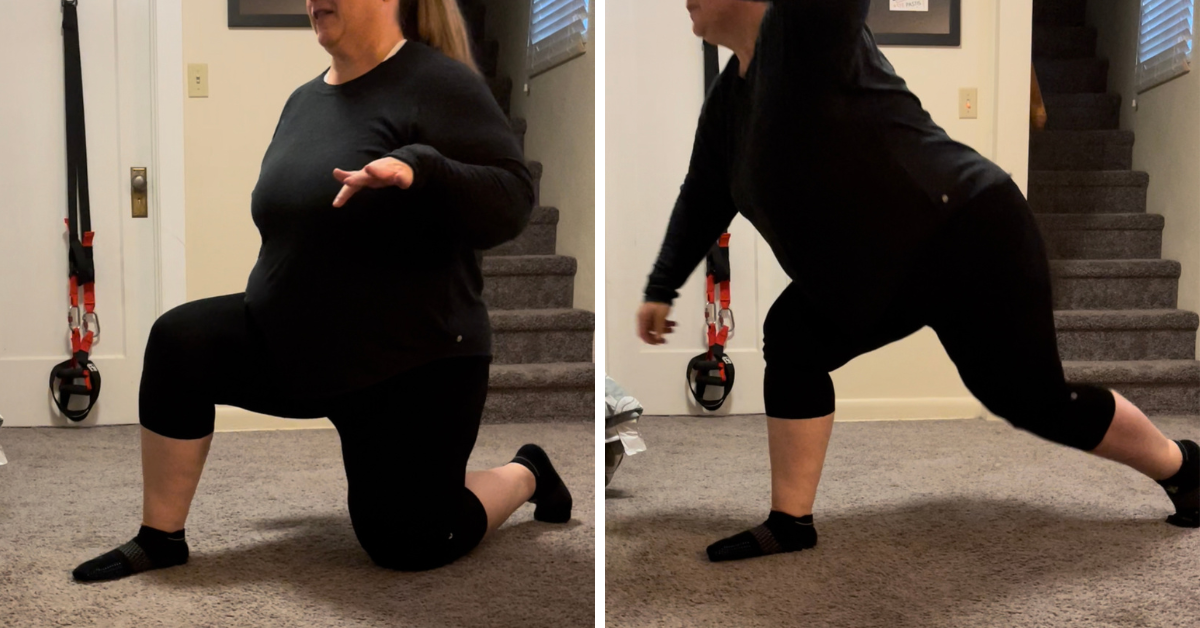
Can I kneel down after a knee replacement?
The answer is YES! But you have to work up to it. It may not feel comfortable at first.
Actually if kneeling is something you would like to be able to do after a knee replacement, it is important to practice. Most people avoid it which can lead to continued and increased difficulty in the future.
This quote from the research below was taken from an article, Top 5 Mistakes to Avoid After a Knee Replacement“. Learn more about this topic by heading to that article next.
"There is currently no evidence that there is any clinical reason why patients should not kneel on their replaced knee, and reasons for not kneeling could be addressed through education and rehabilitation"
Wylde et al 2019
Kneel down 101- What you need to master
In order to be able to kneel down and stand back up you need to master a few things:
- Decreasing knee sensitivity
- Feeling strong on one leg
- Knee bending range of motion
Each of these are necessary before trying to kneel down as it may not feel very good with sensitive knees that aren’t as strong as they could be.
Let’s talk about what I mean by each one briefly.
Decreasing knee sensitivity
If your knee is very sensitive, meaning it has high levels of pain or is painful to the touch, kneeling and getting back up may not be feasible right now.
Kneeling down of course requires pressure on the knees. This pressure isn’t inherently going to cause “more damage” nor is it going to harm the knee.
But, it may in fact cause more pain which is not ideal. In order to get your knees ready for kneeling, you first have to understand that kneeling itself is not a dangerous activity.
Then, using a variety of different strength movements, you can help your knee get used to the pressure. You can also try first kneeling on softer surfaces like a bed or a couch to get your body used to the movement. Take a look at the video below to get some ideas.
Other tools like compression sleeves can come in handy when decreasing knee sensitivity, more on those here.
Feeling strong on one leg
This is important for lowering yourself down and helping to get yourself up from the ground.
If you feel “uneven” or feeling stronger on one side compared to the other- this is critical to focus on. You want to work to get comfortable putting all of your weight on one side.
When getting up, most of your weight is put through one leg like in the small video above. Of course, you can use stable furniture to help get up but you will have to push up primarily with one leg.
There are so many different movements to help you get stronger on one leg which we will discuss later in this article.
Knee bending range of motion
If your knee does not bend to at least 90 degrees (a right angle) it is going to be hard to both kneel down and get back up.
Working to make sure you can at least bend your knee to 90 degrees will help you get more comfortable with kneeling to the ground and standing back up.
You will see examples below on ways you can increase your knee range of motion to allow you to bend the appropriate amount.
How to get better at kneeling down- where to start
Here are my top 5 movements to show you how to master getting on the floor and standing back up.
It will take consistency. It will take hard work. How much would it mean to you to finally be able to get on the floor without worrying about pain or if you will be able to get back up?
I usually recommend trying for 3 consecutive months. That’s 3 times per week for the next 12 weeks in order to start to see longer lasting progress.
Choose 1-2 of these exercises below to focus on first. The movements you choose should make you feel good.
Keep reading to find out the top exercises you can do to get started.
1. Knee bending
Like discussed above, in order to kneel down, having the appropriate knee range of motion is important.
This is one movement that can help to challenge both knee bending and knee straightening in a way that is typically nice to the knee.
Don’t force the range of motion. Start in a range that feels comfortable and you may start to notice it gets a little easier as you go on.
Start with 5-8 reps of these on each side.
2. Power banded squat
In order to get up from the ground, you have to be able to generate strength pretty quickly. This is one of the MAIN reasons why getting up from the ground is hard.
Think about it, with osteoarthritis you are usually told to slow down and may have noticed you move with hesitancy. You may have a hard time walking fast and feel yourself really having to work hard to keep up with family or friends.
Activities like stairs, walking faster, running, and sports like tennis require you to generate strength quickly, also called muscular power.
This power banded squat requires a small, loop resistance band. They are very inexpensive but can be so helpful!
The goal is to stand up fast and sit down slower. This exercise challenges muscular power which can help you stand up from the floor.
Keep repetitions lower when starting to make sure your knee will respond okay. Try for 1-2 sets of 5-8 reps.
If this is painful, please refer back to this post for more squat modifications.
3. Lateral step up
A lateral step up challenges the leg muscles especially in the hips, differently than a forward step up does.
Your hip muscles are especially important when it comes to lowering yourself to the ground but also when it comes to standing back up.
The lower the step you use, the easier it will be. I recommend using this step stool to start as it is lower than most traditional steps. Use support as needed.
The goal is to complete 1-2 sets of 8-10 reps to start on each side and progress from there.
4. Reverse step up
This exercise works to get your knee used to a little more pressure but actually can feel pretty good!
You will want to start with a very low step. Many times, typical stairs found in homes are too high to start with this exercise. I do recommend this step stool to use as it is adjustable.
If you start too high, you may experience pain and discomfort.
If this is painful, I would recommend trying a forward step up if you are able to, on a similar height step stool.
5. Front foot elevated lunge
The lunge can have a bad reputation when it comes to knee pain but there are modifications that can make it feel good!
Lunges are important to challenge all three variables listed above and are incredibly important in helping you kneel down.
If you raise your front foot up onto a step and take a big step back with your other foot, you may be surprised how these feel.
The idea is to bend both knees like someone is pushing your head straight down instead of pushing your front knee forward.
If this is painful, you can try a supported single leg squat to still help target the necessary muscles without flaring up your knee(s).
Conclusion
It is possible to kneel down and get up from the floor even if you have knee arthritis. The goal is to master these movements above that address knee bending, single leg strength and knee sensitivity.
Start with 1-2 of these movements and progress as you are able to and as your knees allow. Pushing into significant pain is NOT recommended and the “no pain, no gain” mentality can actually prevent you from progressing.
Remember, this takes time and not all progress may be perfect. There may be setbacks but just remember, it is possible!
Inside of Adventurers for Life, our signature membership path, there is an entire level dedicated to building the strength to climb up/down the stairs and feel confident kneeling on the ground and getting back up!
It can absolutely be possible, you just need the right exercises, strategies and support to help you get there.



Learn more about how to make these activities possible for yourself again by checking out Adventurers for Life by clicking the button below:
Alyssa Kuhn
Disclaimer: This post is for general informational purposes only. It should not be used to self-diagnose and it is not a substitute for a medical exam, cure, treatment, diagnosis, and prescription or recommendation. It does not create a doctor-patient relationship between Dr. Kuhn and you. You should not make any change in your health regimen or diet before first consulting a physician and obtaining a medical exam, diagnosis, and recommendation. Move Well Age Well, LLC and Dr. Alyssa Kuhn, PT, DPT are not liable or responsible for any advice, course of treatment, diagnosis or any conclusions drawn, services or product you obtain through this post, video or site. Complete all exercises at your own risk.
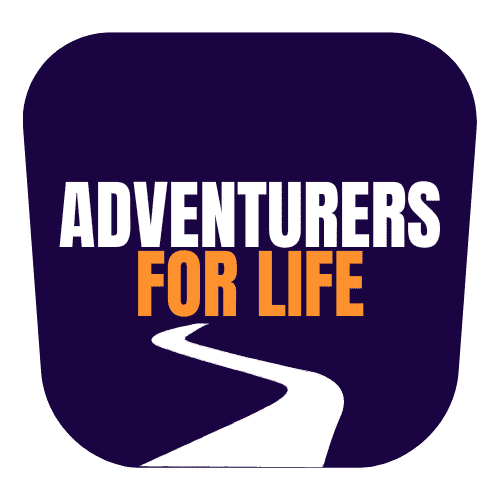
If you are looking to regain your active life but are unsure where to start, join the revolutionary membership, Adventurers for Life. This is a step-by-step path that not only will help you find pain relief but will help you unlock adventure. You’ll get workouts, tests to pass to make sure you are on the right track, community events and MORE.




